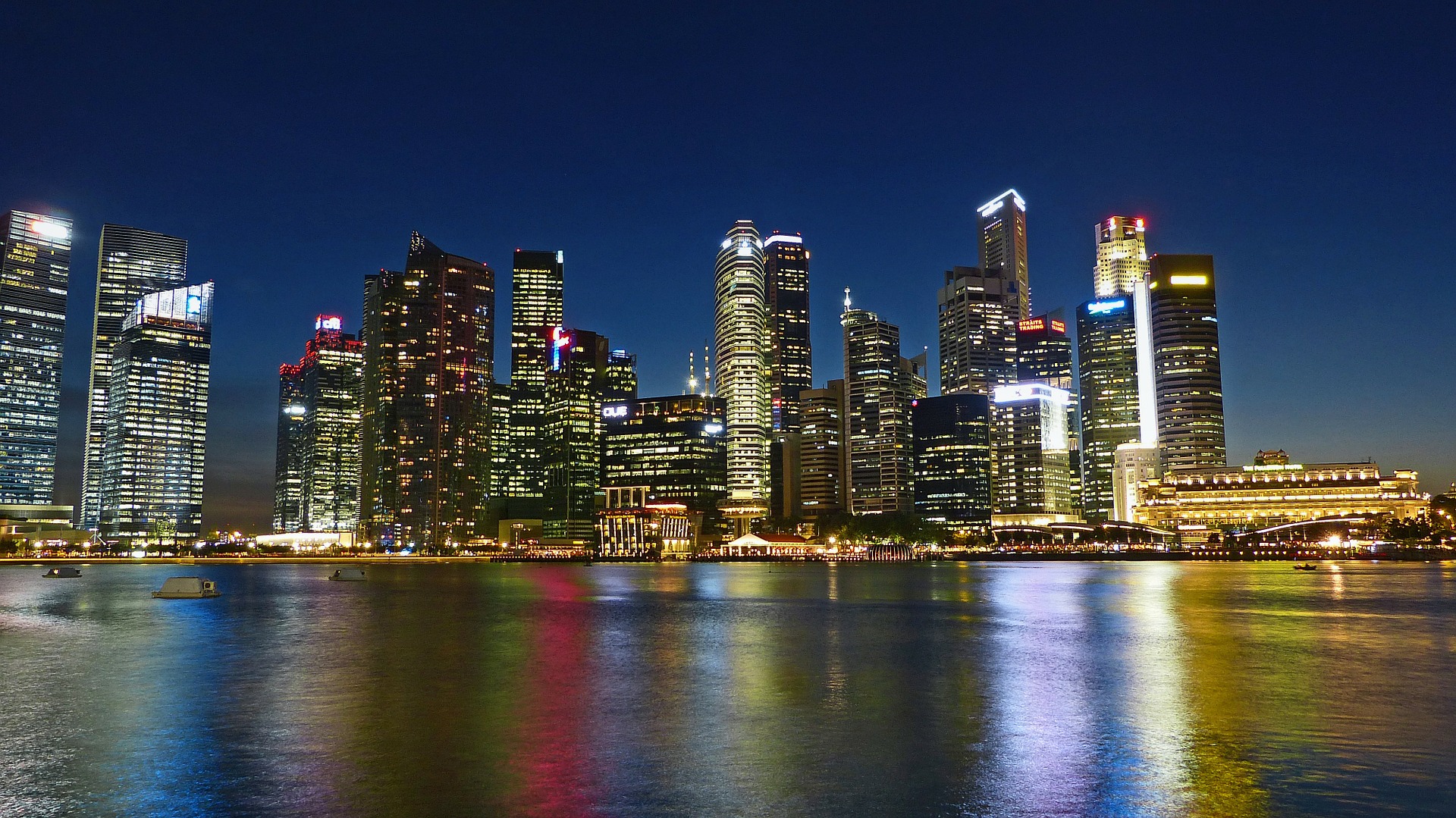LA deploys streetlight sensors in new pilot
Los Angeles is implementing the latest IoT (Internet of Things) technology onto its streetlights to monitor noise as a way of gathering various data points from around the city.
Ed Ebrahimian, the Director of the Bureau of Street Lighting for Los Angeles, told Cities Today that Chicago has a similar programme, called Array of Things, but that Los Angeles’ “unique geography and size” make its streetlight sensor programme different. He explained that “our lighting infrastructure is among the largest in the world and…omnipresent. Streetlights are everywhere people live, work, travel, shop.”
The pilot with partners Philips Lighting, has until now been installed in the neighbourhood surrounding the Bureau of Street Lighting itself. Susanne Seitinger, Philips’ Global Sub-segment Manager, Professional Systems, told Cities Today that it is a “great case study neighbourhood” since it included a good mix of retail and industrial space, residential areas, and high traffic.
Seitinger said that the Philips sensors use acoustic technology because noise “is a good proxy of what’s going on” in a neighbourhood. Both Ebrahimian and Seitinger agree that the research on using acoustic technology to better understand a city is still being undertaken but has a lot of potential.
For LA, the data points gathered will include traffic patterns, public safety matters like the sound of gunshots, and idling vehicles. Using this data could potentially improve urban planning to improve traffic flow, faster response time of emergency personnel, and even improved air quality in certain neighbourhoods according to Seitinger. She said that is the “real benefit to continuous data.”
The sensors are currently being run on the city’s electricity grid, but the relatively inexpensive units are not a burden according to Seitinger. Ebrahimian and Seitinger both pointed out the need for more, cheaper sensors spread out over large swathes of the city rather than more expensive sensors placed in a few key locations.
The pilot is set to run for two to three months at no cost to the city and the data gathered will be sent to Philips researchers for “finding situations with additional benefits.” Ebrahimian explained that the key to any sensor programme is to make the data as useful to as many departments as possible because that, in turn, makes funding the project more possible.
Acoustic technology sensors are just one option for cities. Other types can monitor air quality or be solar powered. Cities could deploy combinations of various types of sensors as well. Ebrahimian said that no formal contract has been signed just yet, though the city has deployed a different type of Philips street light in the past, because “we want to invite the industry to present as many different types of sensors as possible,” in order to figure which sensor or combination of sensors works best for a city.
For more insights visit www.cities-today.com and join the conversation on Twitter: @cities_today.


